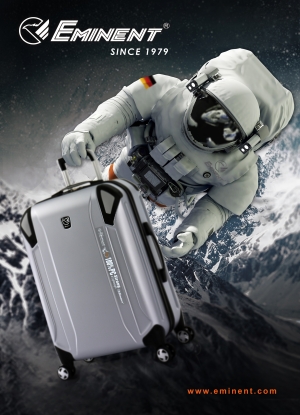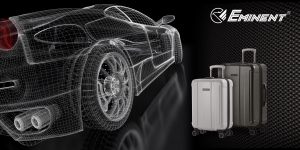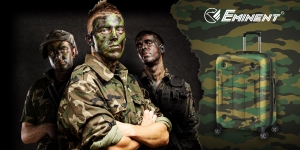台灣優良設計協會秘書長
Secretary General of Good Design Association, Taiwan
Article of famous designers
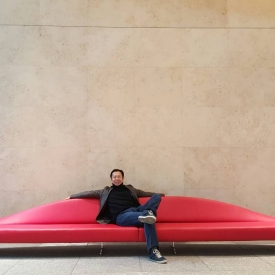
台灣優良設計協會秘書長
Secretary General of Good Design Association, Taiwan
Recently,a consensus among most companies regarding design has been adopted that states,in a competitive marketplace, “good design” is one of the main factors insuccess. With global production capacity on the rise, and stability incompetitive pricing structures and quality, good design leads to strategicadvantages. This will continue now and into the future, and is a key factor indetermining the success of a product. For many years, observing how variouselements of product design have contributed to continued development and growthhas resulted in the following values being identified as value-added elements,which include: 1. Added creative value; 2. Added experience value; 3. Addedstory-based value; 4. Added aesthetic value; and 5. Added technological value.It goes without saying that the purpose of adding value to a product’s designis to allow continued growth and development. Every factor of design andapplication of value-added element can also be applied in multiplicity to othervalue-added elements to co-create new values.
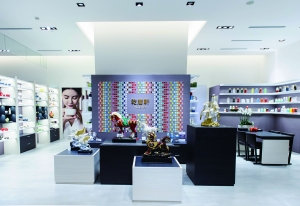
Taiwan has many stories of business development that are worthyof study by younger students. These companies have experienced many changes andsetbacks in the marketplace, and have applied many of today’s current methodsand ideologies to transform their company to continue developing. When anindustry continuously implements a beginning-to-end strategy, in simple termsthis can be seen as the “design, manufacturing, branding, and marketing”strategy which I have always promoted. The important thing is that a diligenteffort is made at every stage, with innovation continuously being introduced.The book Hidden Champions of the Twenty-First Century byHermann Simon identifies some small and medium-sized enterprises (SMEs) whichhave worked hard quietly in the background. Although some Taiwanese SMEs couldnot be called “Hidden Champions,” they are nevertheless some of the top playersin their respected industries. Some examples include: ACERA, the EminentLuggage Corporation, Cheerful Fashion Goods, Artilize Worldwide Co. Ltd., ATOP,Maestrowe, Franz Collection Inc., Bone Collection, ZUNY, Miyahara, andMajanoodles.
Letus first look at ACERA, whose chairman Yu, Chun-Ming is a close friend of mine.The company was founded in 1986 and was named Art Ceramic because of the closeconnotation with the business it operates. During its early years, the companyfocused on its “Tangcai” range of ceramic products, which was a breakthroughcompared to traditional Tang Tricolor, combining the company’s unique coloredceramic glazing with western spray painting techniques. The ceramics are thenbaked many times over at high temperatures to create the exquisite ceramicartistic style which is found in the East today. Ten years ago, the Taiwaneseindustry was facing manufacturing difficulties, with OEM and ODM ordersfalling. It was at this time that Chairman Yu had obtained the patent rightsfor domestic ceramic technology, and despite the difficulties of the time, heremained resolute. He raised TW 50 million to construct a factory inZaozhuang—a city in Mainland China’s Shandong Province—and became the firstwholly foreign-owned enterprise in the area. Taking inspiration from thecreative works of the Han and Tang Dynasties and combining this with moderndesign principles, Chairman Yu developed his “LIVEN” branded range of productswhich allows consumers to lead a high quality and healthy lifestyle. A broadassessment of ACERA shows that they have integrated each of the value-addedelements into the design of their products. Examples of this include: 1. Addedcreative value – by continuously pushing for innovation in their product typesand their development of pottery and porcelain; 2. Added experience value –making sure that the design of each product undergoes extensive testing in botheveryday life and the marketplace; 3. Added story-based value – includingcultural stories from each dynasty as well as everyday traditions andcelebrations; 4. Added aesthetic value – always striving for perfection in thedesign of its products, exhibitions, boutique stores, and brand image; and 5.Added technological value – using patents for its domestic ceramic technologyto create the “Huoci” range of products which is beneficial for people andgives each product a unique identity.
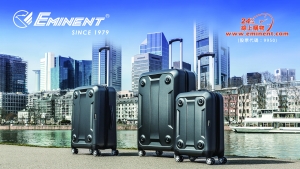
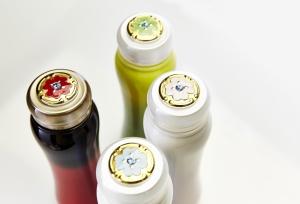
Inaddition to an understanding of design, the company also has significantproduction-related know-how. This includes the sourcing, quality control, costs,and storage of materials; the processing, techniques, models, and yield rate ofmanufacturing; as well as the personal qualities, management, education andtraining its personnel require. It is often said that creating a brand requiresa lot of knowledge. I often ask listeners to my speeches, “Is your brand reallya brand?” With so many brands on the market today, how many consumers actuallyrecognize your brand? After all, creating a trademark is easy; the hard part isgetting that trademark to become a well-known brand, or to become aninternational brand. Experts believe that for a brand to become trulyinternational it must be recognized by 20% of the world’s population. If thisis the case, is your product’s trademark really a brand? How much brand valuecan be added by using this brand name for sales and marketing? If it can helpyou to achieve a slightly higher price for your products, how much more can youactually receive? It is because of this that marketing is also extremelyimportant. When thinking about marketing, your product pricing strategy andproduct positioning both must be extremely accurate. Three years after settingup his factory, Chairman Yu started going full steam ahead marketing hisproducts. He avoided the first-tier cities in Mainland China due to theexisting supply of premium international products already available withinthese markets, and instead started by focusing on consumers in the second andthird-tier cities. Despite basing his marketing strategy on health, premium products,and free gifts offerings, it proved unsuccessful. Chairman Yu therefore quicklychanged his strategy. He first called on some of his friends and offered themsome of his ceramic products for free. After these friends had experienced thebenefits of these products, they then started placing orders when they neededgifts for other people. Due to the diligent spirit of the Taiwanese chairman,operations in Mainland China had begun. The business now has ACERA premiumoutlets in all of the major retail areas in Mainland China, and has graduallybecome a premium brand in the Chinese market. All of this shows how even smallplayers can achieve big successes.
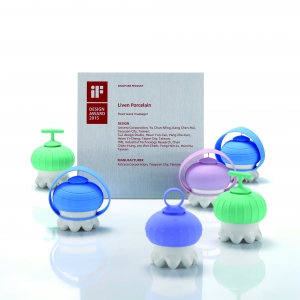
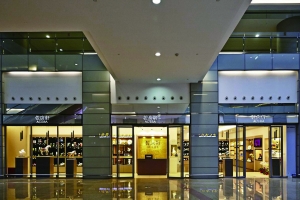
Afurther example which is close to my heart is the story of Chairman Hsieh,Ming-Chen’s Eminent Luggage Corporation. Eminent retail outlets can now befound in Taiwan, the USA, and in other locations around the world. They areespecially prevalent in Germany, Japan, Mainland China, the Hong KongInternational Airport, Taiwan’s High Speed Rail Stations, and B&Q. ChairmanHsieh says that his philosophy is very simple: right from the formation of theEminent Luggage Corporation in 1979, he has wanted to control the design andglobal sales channels for his products. He does not simply want to design andmanufacture products for others. Of course, businesses face great risks whenthey want to establish their brand. Twenty to thirty years ago, when faced withthe stiff competition from Europe and America, if the company did not haveenough capital or adequate R&D capabilities, their products would have beenwiped out and they would have disappeared from the market. In fact, a Britishcompetitor once offered Chairman Hsieh TWD 10 million per year to not establishhis own brand. If you were in his shoes, would you have accepted the offer? Inthe USA, collaboration between the company and another party not only provedunsuccessful, it also led to the filing of a lawsuit. Although this case wassubsequently won, when the hefty lawyers’ bill arrived, Chairman Hsieh feltthat carrying on was just not worth it. In the end, the only option availableto him was to come to an agreement with the lawyers to pay their outstandingfees in installments over three years. Chairman Hsieh has encountered manyroadblocks while on the road to setting up his business. However, his steadfastdetermination to not be defeated, along with his faith that kept him carryingon is another example of the Taiwanese spirit of diligence.
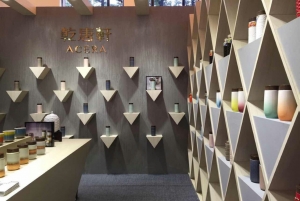
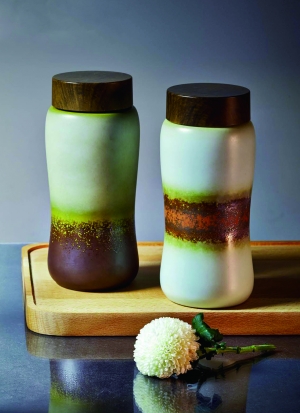
In2004, Taiwan was enveloped by dark economic conditions due to the outbreak ofSARS and the aftermath of the Iraq War the previous year. With most industriessuffering a drop in sales, the Eminent Luggage Corporation decided to buck thetrend and go public at such a turbulent time. When Chairman Hsieh brought a teamfrom the design R&D, sales, and finance departments of his company to theTaipei Exchange for a meeting with the investigative committee, he proclaimedwith great confidence, “When SARS strikes, the global population will need tobe even more mobile. The prospects for the luggage market are therefore goingto be even brighter!” Coupled with figures showing how the company’s sales hadconsistently grown over the previous years, the committee ultimately votedunanimously to allow the company to be floated on the exchange. Over the lastdecade, many large European and American luggage manufacturers havesuccessively gone into liquidation. In-depth research into the reasons behindthis shows that these manufacturers either could not find good quality ODM factorieswith good technology to collaborate with; or they used B and C-gradesubcontractors which produced results that were less than adequate. Early on inits history, the Eminent Luggage Corporation tried to conquer the U.S. market,however, due to issues with textile quotas, the company switched its focus tothe Japanese market instead. Japan as a single country now accounts for 30% ofthe company’s global sales, with Germany also accounting for a similar amount.All of this demonstrates the company’s impressive international performance.The company’s sales headquarters for the Eminent brand in Germany is located inCologne, with the city containing six of the company’s stores. The company alsohas close to 60 retail counters in local, well-known department storesthroughout Germany. One interesting point worth mentioning is how ChairmanHsieh and his family usually spend time with their customers celebratingholidays together to become more closely acquainted. This is also a key part ofthe corporate culture at Eminent: building a business on the back of customerrelations. For marketing purposes, the Eminent Luggage Corporation places alife-sized model of an astronaut in each of its European stores to increasebrand recognition. Whereas in the USA the company is taking a more cautiousapproach to selling its products, in Asia it is a different story. The companyhas setup retail counters on the Airport Express line at Hong KongInternational Airport, as well as in major cities across Southeast Asia. As forsales, Eminent adopts a strategy of market and sales channel diversification.
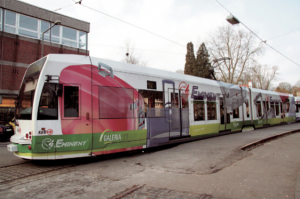

Eminenthas a team containing the best designers and developers. When working on designR&D, the team works on how to use the design value-added element to makegreat leaps forward. The company has also never abandoned the ODM market aspart of its operational strategy, with notable European and Americanmanufacturers such as Ferrari, Hugo Boss, Samsonite, and Delsey all being ODMcustomers. ODM now accounts for 60% of this mid-sized company’s turnover andplays a role in supporting its stable growth. In addition, the company has alsosigned a letter of intent with Tainan City Government to build a large touristfactory near the city’s High Speed Rail station. With a total investmentexceeding TWD 1.2 billion, the new factory will bring some production linesback to Taiwan from their current base in Dongguan City, Mainland China. TheEminent Luggage Corporation hopes to build the world’s most efficient andcustomized working environment, setting an example of what Taiwanese companiesare capable of. The idea is that by creating a Green environment for itsfactory; along with a driving range, bicycle paths, and garden area, companyemployees will always have a positive outlook which will greatly increaseproductivity and keep the industry in Taiwan.
